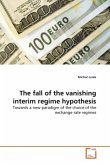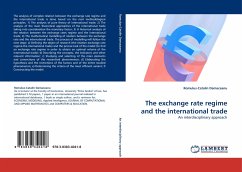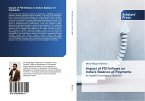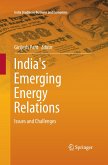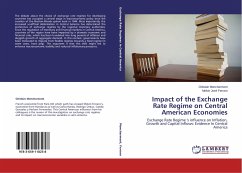The present study attempts to explore the dynamic relationship among the real sector, monetary sector and the external sector of the Indian economy under various exchange rate regimes with the secondary time series data of the variables since 1970-71 to 2005-06. Most of the recent studies have tried to explore the dynamics of "Impossible Trinity". It has been found that the performance of the variables is relatively better in the liberalized regime where exchange rate is supposed to be relatively flexible. This study argues that the performance of the Indian economy is better during the flexible exchange rate regime, there is not much harm, if the economy goes for such a regime. However, since the heavy capital inflows have a bearing on the price level and exchange rate of the economy, there should be some restrictions on capital inflows, particularly on the portfolio inflows as these capital are fragile and are destabilizing in nature. Furthermore, the country should take steps in promoting foreign direct investment, which may lead to higher economic growth and spread more benefits of growth.


